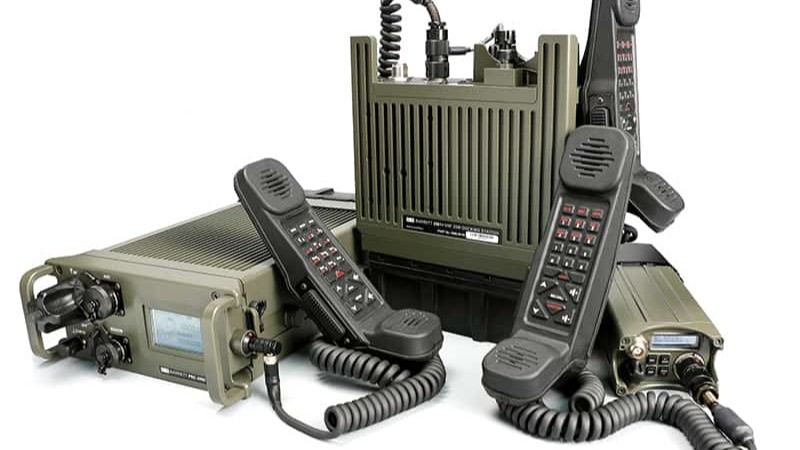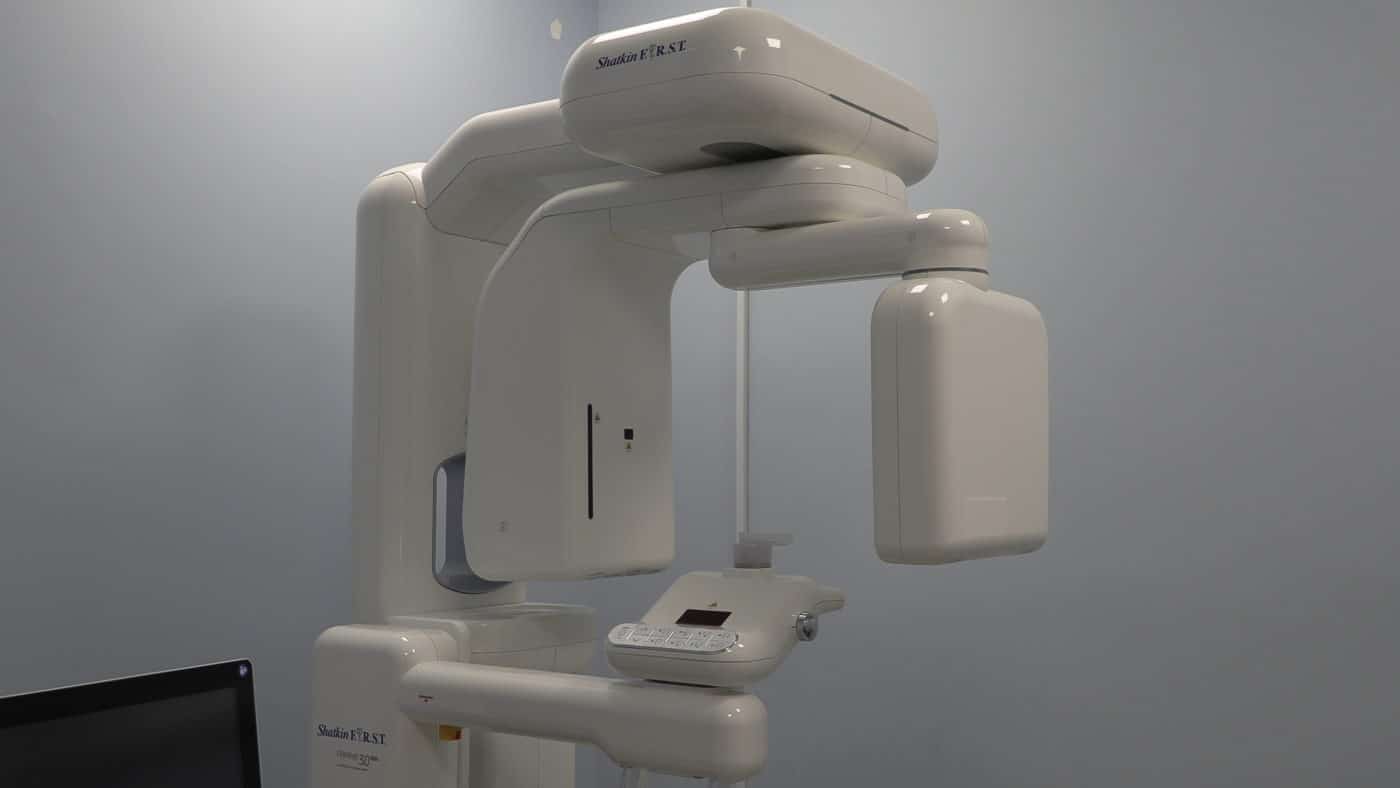Next-Gen Tactical Radios for Multi-Domain Operations

Strong 8k brings an ultra-HD IPTV experience to your living room and your pocket.
Introduction:
The Defense Tactical Radio Market is undergoing a transformative phase, with continuous technological advancements aimed at enhancing military communications. These advancements are crucial as military operations become increasingly complex, requiring seamless communication across different domains. One of the most exciting trends in the market is the development of next-generation tactical radios for multi-domain operations, enabling the integration of air, land, sea, and cyber communication.
As modern military operations span a wide array of environments—from the air to the land, sea, and even cyberspace—the need for highly versatile, interoperable communication systems has never been more apparent. This article will explore the forthcoming advancements in defense tactical radios, focusing on how these next-gen systems are set to revolutionize multi-domain operations and bridge the gaps between various domains of defense communication.
The Growing Need for Multi-Domain Operations
In today's rapidly evolving defense landscape, multi-domain operations (MDO) have become a cornerstone of military strategy. Multi-domain operations refer to the ability of armed forces to operate seamlessly across land, air, sea, space, and cyberspace in a coordinated, synchronized manner. This approach enables military units to address complex challenges that span across different environments and operational theaters.
With this growing complexity in military operations, effective communication between all involved units is essential. Tactical radios serve as the backbone for enabling this communication, and next-generation radios are designed to improve interoperability and provide secure, reliable, and real-time connectivity in diverse operational environments. These radios must be capable of seamlessly connecting units across different domains, ensuring that communication flows without interruptions, regardless of whether the operation is taking place on land, at sea, in the air, or within the cyber realm.
Key Features of Next-Gen Tactical Radios for Multi-Domain Operations
The next generation of tactical radios is designed to meet the unique communication needs of multi-domain operations, offering enhanced features that improve performance, security, and interoperability. The following are some of the key features that define next-gen tactical radios and enable them to support multi-domain operations:
1. Interoperability Across Domains
One of the most critical challenges in multi-domain operations is ensuring that communication systems are fully interoperable. Historically, different military branches—such as the Army, Navy, and Air Force—have used separate communication systems that were not designed to work together. This lack of interoperability has hindered effective coordination and synchronization during joint operations.
Next-gen tactical radios are designed to solve this problem by enabling interoperability between different military branches, allied forces, and even multinational forces. These radios use standardized communication protocols and software-defined radio (SDR) technology to adapt to different frequencies, modulations, and communication standards. SDR technology is highly versatile, allowing radios to operate across various communication bands (land, air, sea, and space) while also supporting different encryption schemes and protocols to ensure secure communication.
2. Advanced Frequency Management
As military operations become more complex, the need for advanced frequency management has grown. In multi-domain operations, radio frequencies are shared across multiple domains, and efficient management of these frequencies is essential to avoid interference and maintain reliable communication.
Next-gen tactical radios use advanced frequency-hopping and spectrum management techniques to avoid interference and ensure secure communication. These radios can dynamically adjust their frequencies based on real-time data, which is crucial for maintaining communication in contested environments. In addition, the integration of machine learning algorithms allows for automated optimization of radio frequencies, improving both reliability and security.
3. Real-Time Communication Across Air, Land, Sea, and Cyber Domains
Effective communication across air, land, sea, and cyber domains is essential for successful multi-domain operations. Next-gen tactical radios enable real-time communication between land-based units, airborne platforms, naval vessels, and even cyber assets. These radios support a wide range of communication modes, including voice, data, and video transmission, allowing units in all domains to exchange critical information in real-time.
For instance, air units can relay information to ground forces in real-time, while naval vessels can send data to cyber operations teams that are monitoring electronic warfare threats. The ability to seamlessly transmit and receive data across these different domains is crucial for ensuring situational awareness, effective decision-making, and synchronized operations.
4. Enhanced Security for Multi-Domain Communication
As military operations increasingly rely on cyber capabilities, the security of communication systems has become a primary concern. Tactical radios must be equipped with advanced encryption, anti-jamming, and anti-spoofing capabilities to protect sensitive communication from cyber threats and electronic warfare.
Next-gen tactical radios incorporate robust cybersecurity features, including encryption algorithms, secure key management systems, and real-time intrusion detection systems. These radios are designed to withstand cyberattacks and ensure that communication remains secure, even in contested environments where adversaries may attempt to disrupt or intercept signals.
The ability to detect and respond to cyber threats in real-time is a crucial aspect of next-gen tactical radios, ensuring that military communication remains secure across all domains—land, air, sea, and cyber.
5. Edge Computing for Faster Decision-Making
In multi-domain operations, speed is of the essence. Next-gen tactical radios incorporate edge computing capabilities, allowing data processing and decision-making to occur directly on the radio device rather than relying on a centralized server or cloud infrastructure. This enables faster decision-making by reducing latency and ensuring that real-time information can be processed and acted upon immediately.
Edge computing also enhances the ability of tactical radios to operate in austere environments with limited connectivity to external networks. This ensures that even in remote or disconnected areas, communication can remain operational, and critical data can be processed locally to support mission success.
6. Compact and Lightweight Designs
Given the demanding nature of military operations, tactical radios need to be lightweight and compact while maintaining their performance and durability. The latest advancements in miniaturization and material science have made it possible to design tactical radios that are both lightweight and rugged, without sacrificing functionality.
Next-gen tactical radios are designed with smaller form factors, making them easier to carry and deploy in the field. These radios are also built to withstand harsh environmental conditions, including extreme temperatures, moisture, and vibrations, ensuring reliable performance in a variety of settings, from the frontlines to naval vessels.
7. Integration with Autonomous and Unmanned Systems
As unmanned aerial vehicles (UAVs), unmanned ground vehicles (UGVs), and other autonomous systems become increasingly common in military operations, the ability to integrate these platforms with tactical radios is essential. Next-gen radios are designed to communicate with and support autonomous systems, enabling real-time coordination and control of drones, robots, and other unmanned platforms.
This integration allows for autonomous systems to relay vital information back to operators in real-time, enhancing situational awareness and decision-making. For example, a UAV equipped with a next-gen tactical radio can send surveillance data to ground units, while a UGV can provide real-time updates on enemy positions.
The Importance of Multi-Domain Communication in Future Warfare
Multi-domain operations represent the future of modern warfare, where success depends on the ability to coordinate across air, land, sea, and cyber environments. As military forces increasingly rely on these integrated operations, next-gen tactical radios are poised to play a pivotal role in ensuring seamless communication across all domains.
These advanced communication systems will enable military forces to operate more efficiently, reduce response times, and improve overall mission success. By enhancing interoperability, ensuring real-time communication, and providing robust security measures, next-gen tactical radios will enable militaries to stay ahead of evolving threats and adapt to the dynamic nature of modern warfare.
Conclusion
The forthcoming advancements in the defense tactical radio market, particularly the development of next-gen radios for multi-domain operations, are set to revolutionize how military forces communicate and coordinate across different domains. By integrating advanced technologies such as software-defined radios, AI-driven frequency management, and real-time communication capabilities, these radios will bridge the gaps between air, land, sea, and cyber communication.
As military operations become more complex and multi-faceted, the need for highly reliable, secure, and interoperable communication systems will only grow. Next-gen tactical radios are poised to meet these demands, ensuring that armed forces can communicate effectively, securely, and in real-time, no matter where their operations take them.
These innovations in tactical radio technology will not only improve operational efficiency but also play a crucial role in ensuring that multi-domain operations remain a viable strategy for future military campaigns. With enhanced capabilities, performance, and security, next-gen tactical radios are set to redefine the future of defense communication.
Read the complete blog
Note: IndiBlogHub features both user-submitted and editorial content. We do not verify third-party contributions. Read our Disclaimer and Privacy Policyfor details.






